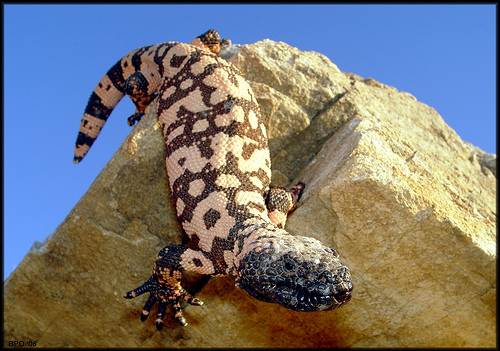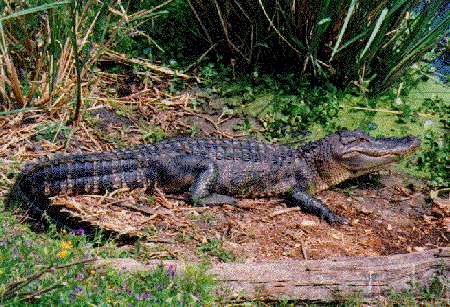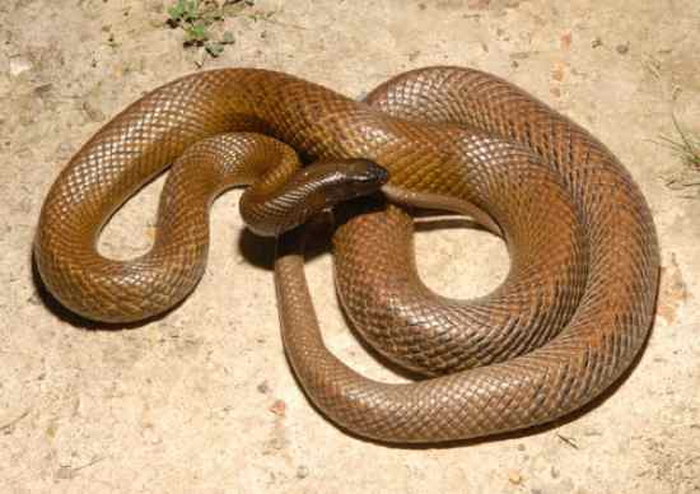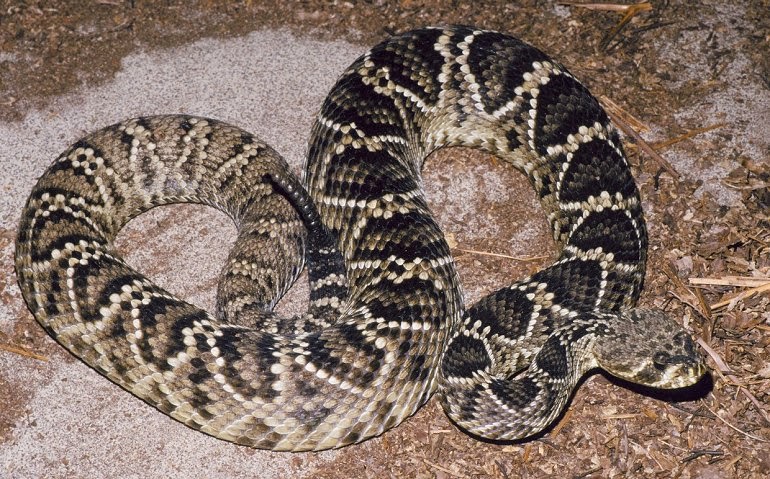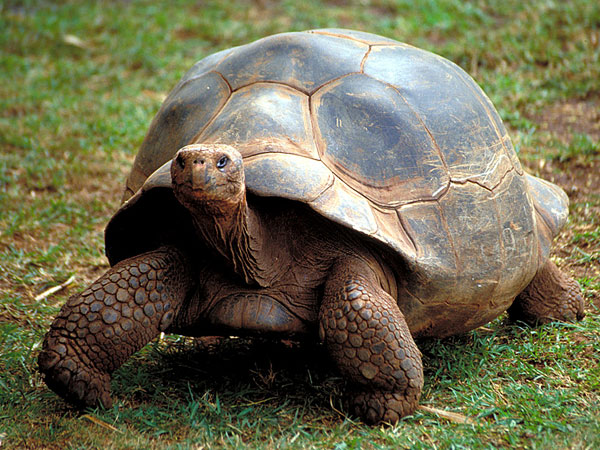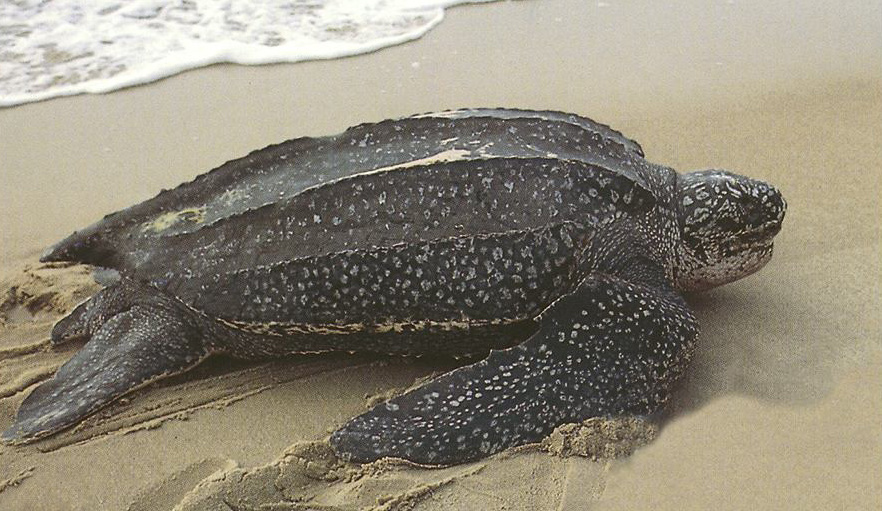Physical World/Reptiles
| Gila monster
A drug derived from Gila monster’s saliva is used to manage type 2 diabetes | |
| Komodo dragon
Largest animal to undergo parthenogenesis | |
| Tuatara
Their name derives from the Maori language, and means "peaks on the back" | |
| Goanna
genus Varanus
Features prominently in Aboriginal mythology | |
| Saltwater crocodile
The most dangerous breed of crocodile to humans | |
| Gharial
Characterised by its extremely long, thin jaws. Males develop a hollow bulbous nasal protuberance at the tip of the snout upon sexual maturity | |
| Caiman
Caimans inhabit Central and South America. They are relatively small crocodilians Closely related to alligators | |
| Inland taipan
Considered the most venomous snake in the world; based on the median lethal dose value in mice. Endemic to Australia | |
| Green anaconda
A boa species found in South America. It is the largest, heaviest, and second longest (behind the reticulated python) known extant snake species | |
| King cobra
The world's longest venomous snake, with a length up to 5.7 m Ophiophagus is a Greek-derived word which means "snake-eater", and its diet consists primarily of other snakes | |
| Black mamba
Native to sub-Saharan Africa It takes its common name not from the colour of its scales, but from the interior of its mouth, which is inky-black. The venom of the black mamba is highly toxic | |
| Eastern diamondback
| |
| Sidewinder
As its body progresses over loose sand, it forms a letter J-shaped impression | |
| Galapagos giant tortoise
Largest living species of tortoise – can weigh up to 250 kg Giant tortoises exist only on two remote archipelagos: the Galapagos, and Aldabra in the Indian Ocean | |
| Leatherback sea turtle
Differentiated from other modern sea turtles by its lack of a bony shell. Instead, its carapace is covered by skin and oily flesh. It is capable of maintaining an elevated body temperature, which allows it to swim in cold waters. Largest of all living turtles | |
| Hawksbill sea turtle
Easily distinguished from other sea turtles by its sharp, curving beak, and the saw-like appearance of its shell margins Hawksbill shells were the primary source of tortoiseshell material used for decorative purposes |
